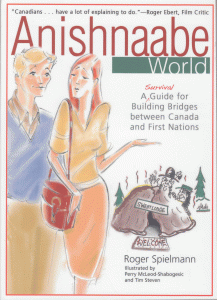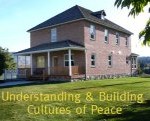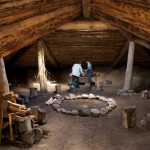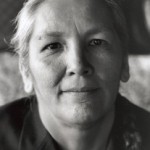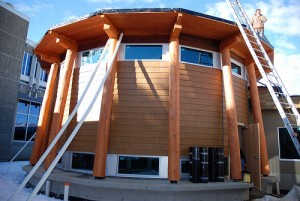While researching for my ETEC 521 paper, I came across a tremendously interesting read. And it would so happen, this read fits in beautifully to our current discussion theme. This research paper proposes that teaching is a cultural transmission and learning is a cultural acquisition.
Teachers’ Views on Aboriginal Students Learning Western and Aboriginal Studies
” 1. Teachers generally viewed Western science as course content or as a way of exploring nature, not as a foreign culture as experienced by many of their students.
2. Aboriginal knowledge was respected by science teachers, but only a token amount was added onto, but not integrated with, school science.
3. Teachers thought that the act of learning science was unrelated to their students’ Aboriginal worldviews.
4. Students’ disinterest in pursuing science careers was either unexplainable by the interviewees or was blamed on student deficits. Few teachers blamed their curriculum and teaching. ”
“They need a teacher who is a “culture broker” (Stairs, 1995). A culture-broker science teacher will help students move back and forth between their indigenous culture and the culture of Western science, and will help students deal with cultural conflicts that arise.” (Aikenhead & Huntley)
Although a bit dated, the article had fabulous resources. I do wonder though if this good information was available 15 + years ago -why are we still doing such a dreadful job of enabling our aboriginal students (all of our students) reach their potential?
Aikenhead, G., & Huntley, B. (n.d.). Teachers’ views on aboriginal students learning western and aboriginal studies. Retrieved from http://www.usask.ca/education/people/aikenhead/cjne.pdf
Stairs, A. (1995). Learning processes and teaching roles in Native education: Cultural base and cultural brokerage. In M. Battiste & J. Barman (Eds.), First Nations education in Canada: The circle unfolds. Vancouver, Canada: University of British Columbia Press, pp. 139-153.
